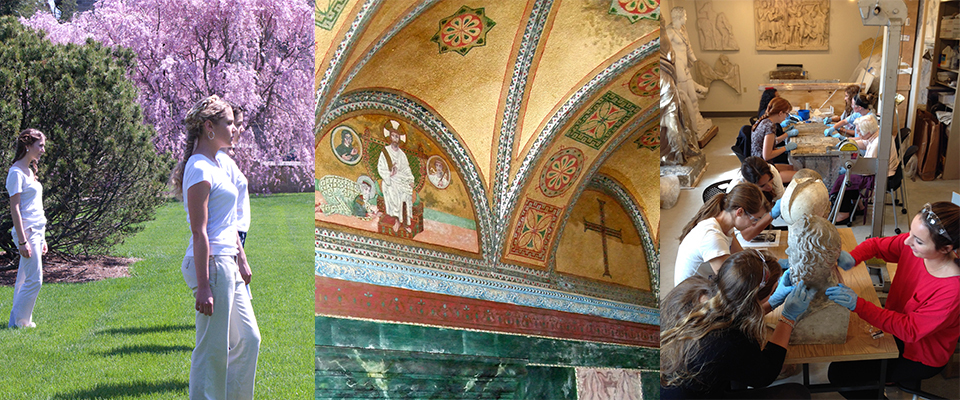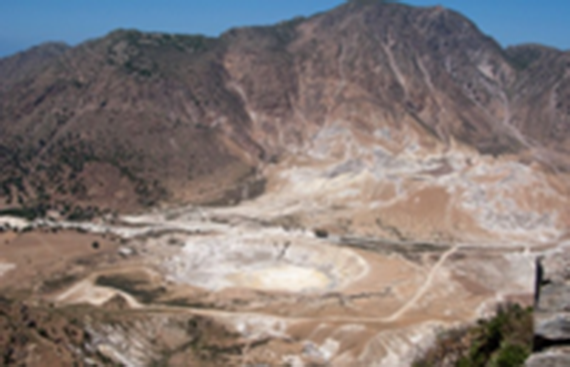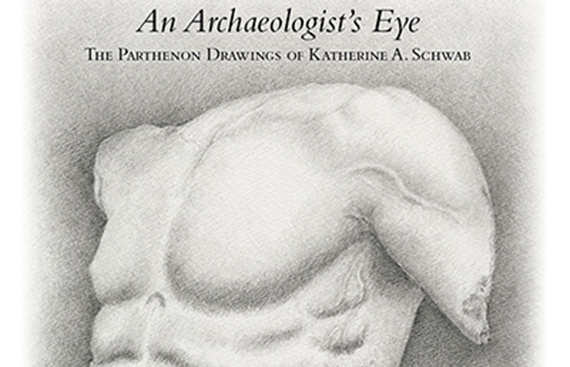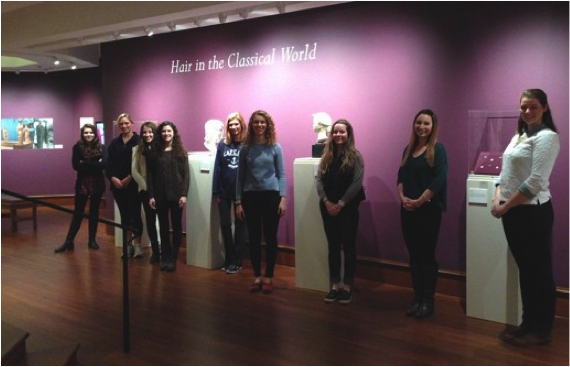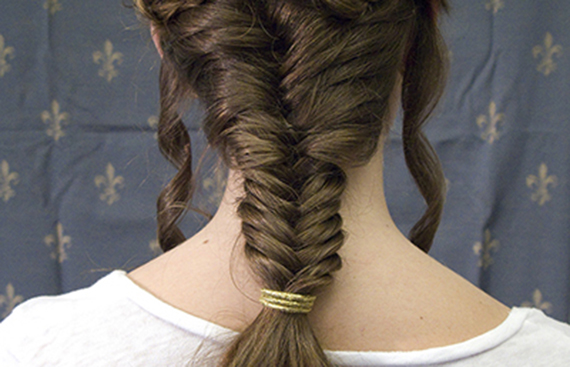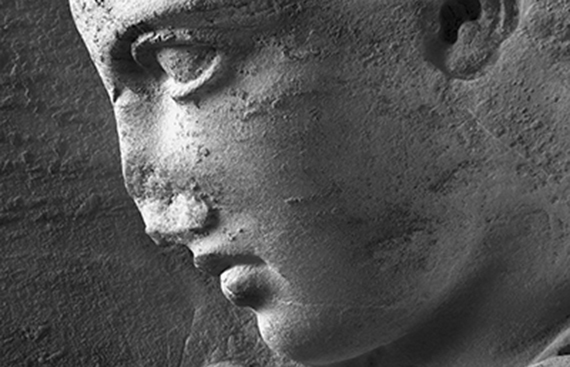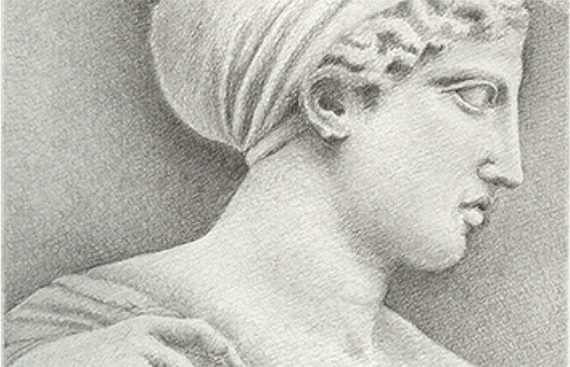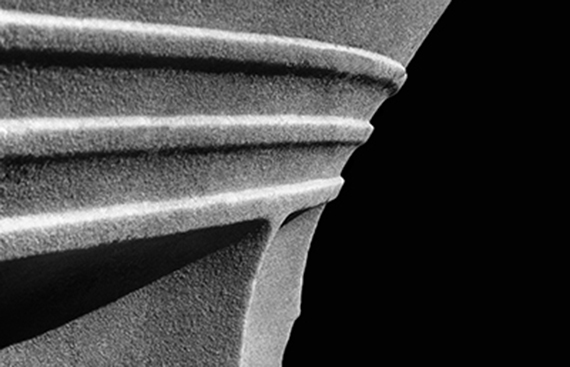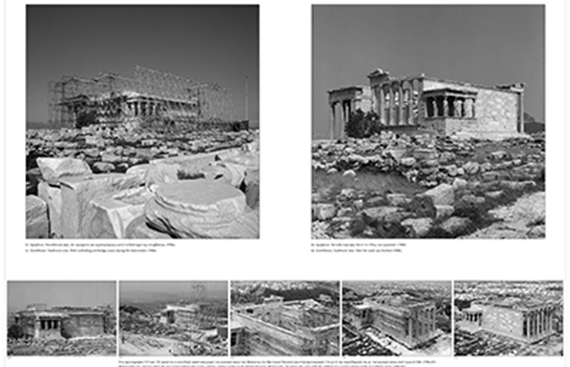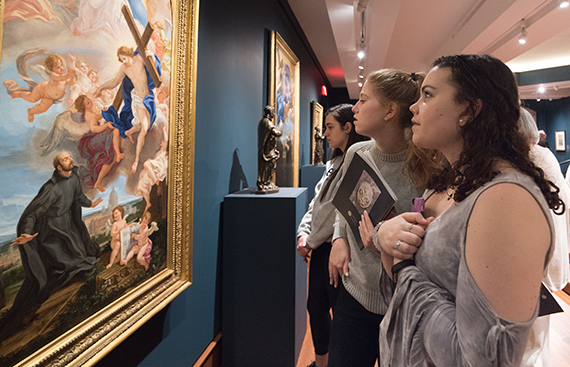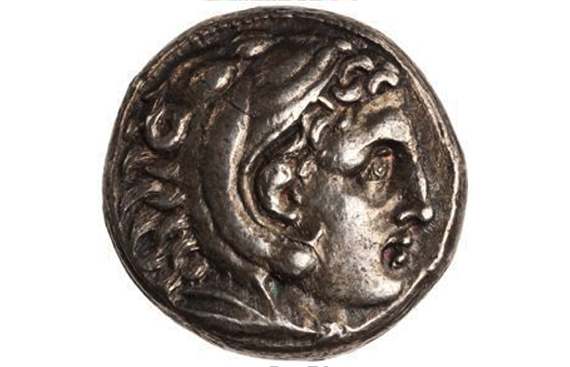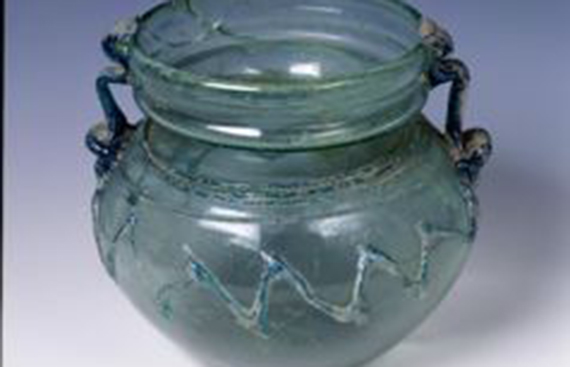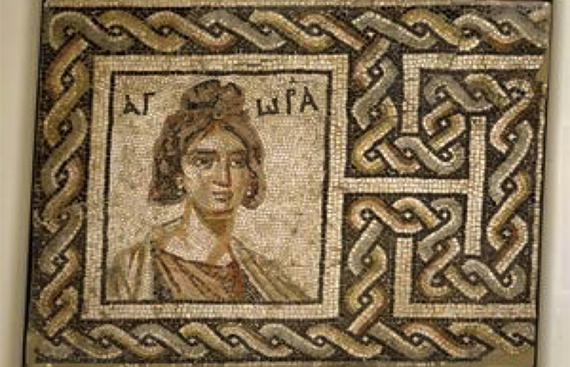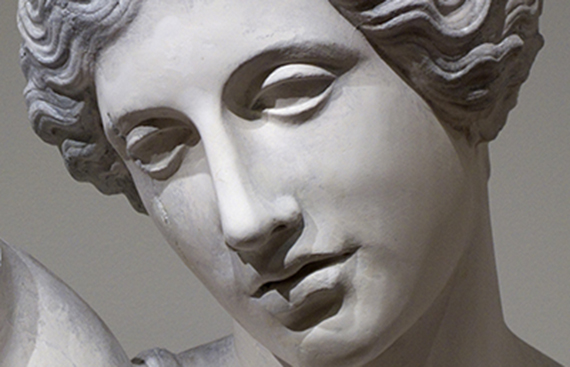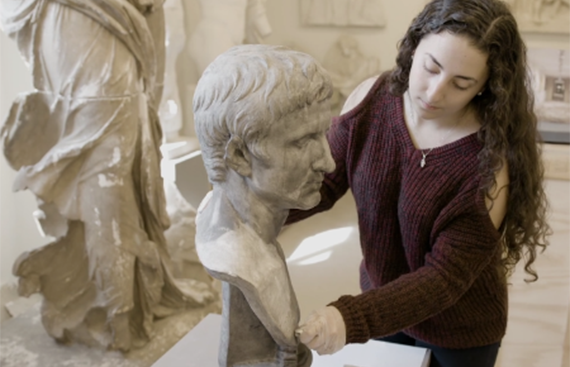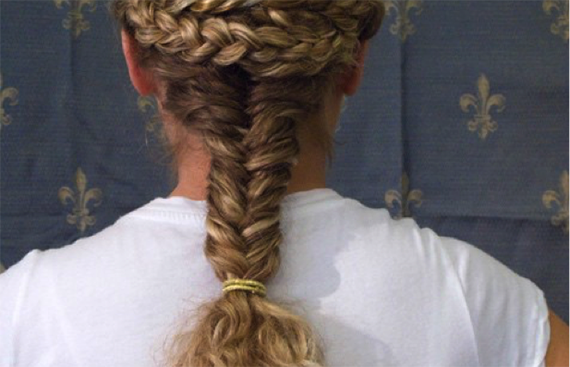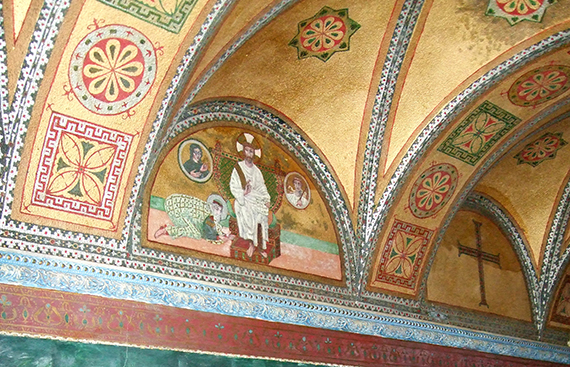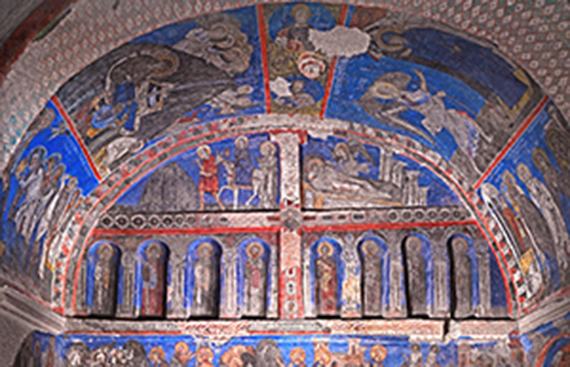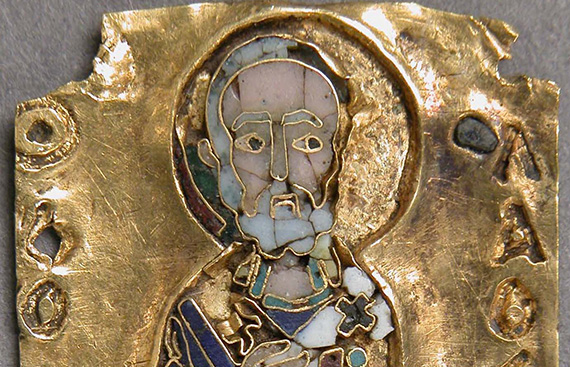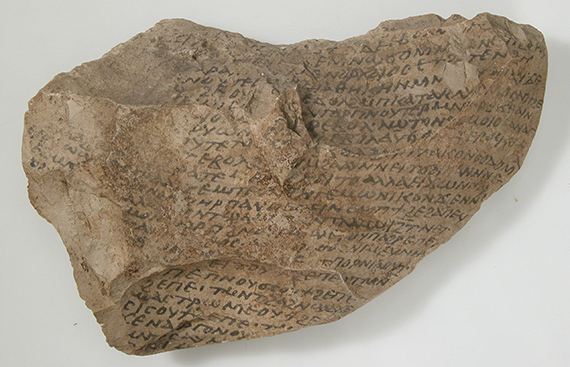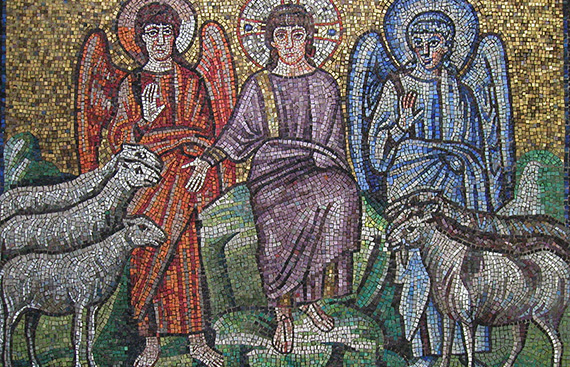On This Page
Overview
Exhibitions
Past Exhibitions
The Island of Nisyros: A Photographic Essay
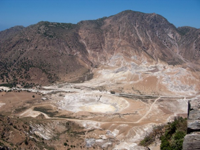
This photographic exhibition, organized by the Art History & Visual Culture Program in the Department of Visual and Performing Arts at Fairfield University, will be on view at the Greek Consulate General in New York City February 28 – March 14, 2019. Dr. Katherine Schwab visited Nisyros to see the volcanic landscape and how it aligned with the composition of Parthenon East Metope 7, where Poseidon crushes the giant Polybates with the island of Nisyros. The landscape and its unique geological formations exert their own visual power on the visitor today, as these photographs reveal.
An Archaeologist’s Eye: The Parthenon Drawings of Katherine A. Schwab
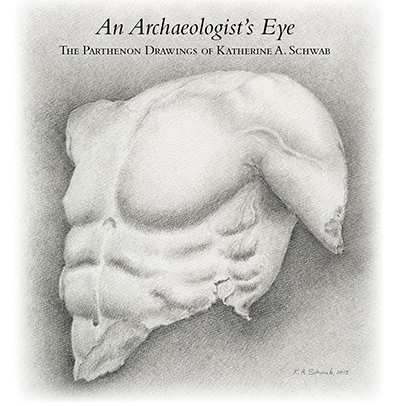
This exhibition, consisting of 35 graphite drawings, was organized by the Fairfield University Art Museum, Creighton University, and the Timken Museum of Art, 2014-2018. Venues included the Greek Consulate General in New York City, the Greek Embassy, Georgia Museum of Art at the University of Georgia, the Lied Art Gallery at Creighton University, Hallie Ford Museum of Art at Willamette University, the Timken Museum of Art in San Diego, the Phillips Museum of Art at Franklin & Marshall College, the Forsyth Galleries at Texas A&M University, and The Parthenon in Nashville.
Grayscale scans of Schwab's drawings for the Parthenon East and North metopes form part of the permanent installation in the Parthenon Gallery at the Acropolis Museum in Athens, Greece.
Hair in the Classical World
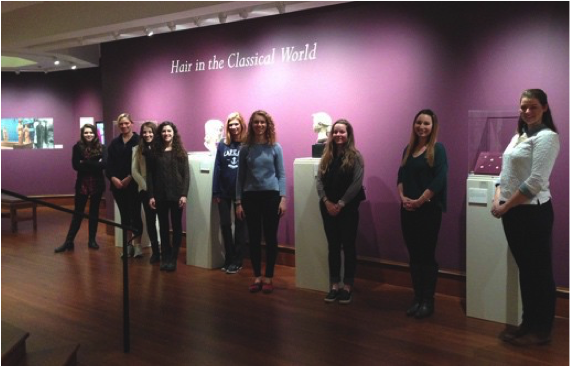
This Fall 2015 exhibition at the Fairfield University Art Museum explored the technique and meaning of hair in ancient Greece, Cyprus, and Rome. Male and female uses of hair, rites of passage, and societal norms were examined through a selection of loan objects from major museums in the Northeast. Programming included interdisciplinary panels, a symposium, guest lectures, gallery talks, and demonstrations of ancient hairstyles.
Photographs of the Caryatid Hairstyling Project
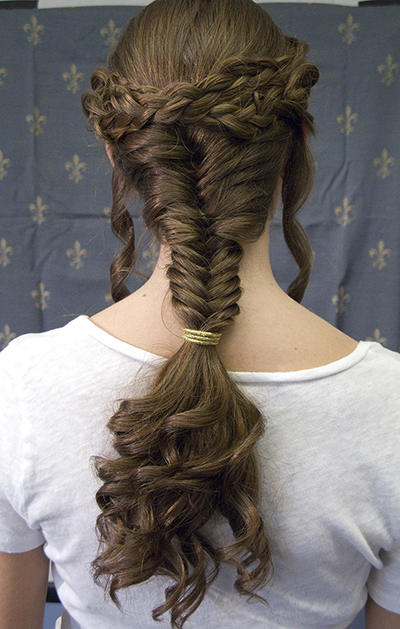
Photographs of the Caryatid Hairstyling Project formed an exhibit at the Greek Consulate General in New York City and at the Greek Embassy in Washington, D.C. in 2015. Articles about the exhibit appeared in The Washington Post and The Independent (UK).
May 2015: "The Rachel haircut of 2015? Hairdos of the Ancient Greeks brought to life," The Independent, May 26, 2015.
May 2015: "How did they do that 'do'?" The Washington Post, May 22, 2015.
Gifts from Athens
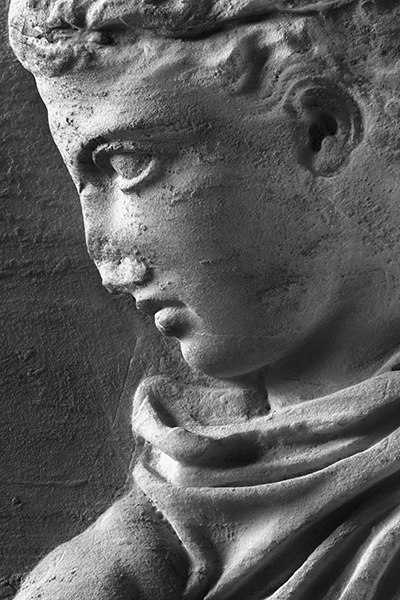
Gifts from Athens was our inaugural temporary exhibition in the Fairfield University Art Museum (November 2 – December 17, 2010). This show featured gifts, including eight plaster casts from the First Ephorate - Acropolis Museum, Athens (2010) and 23 black and white photographs by the renowned Athenian photographer Socratis Mavrommatis (2008). The exhibition reflected on the theme of gifts in the sense of Athens as the source of inspiration, such as Greek mythological themes in Renaissance art, and contemporary drawings inspired by Parthenon sculpture. The photographs are available for exhibition by contacting the Fairfield University Art Museum.
An Archaeologist’s Eye: Photographs and Parthenon Drawings of Katherine A. Schwab
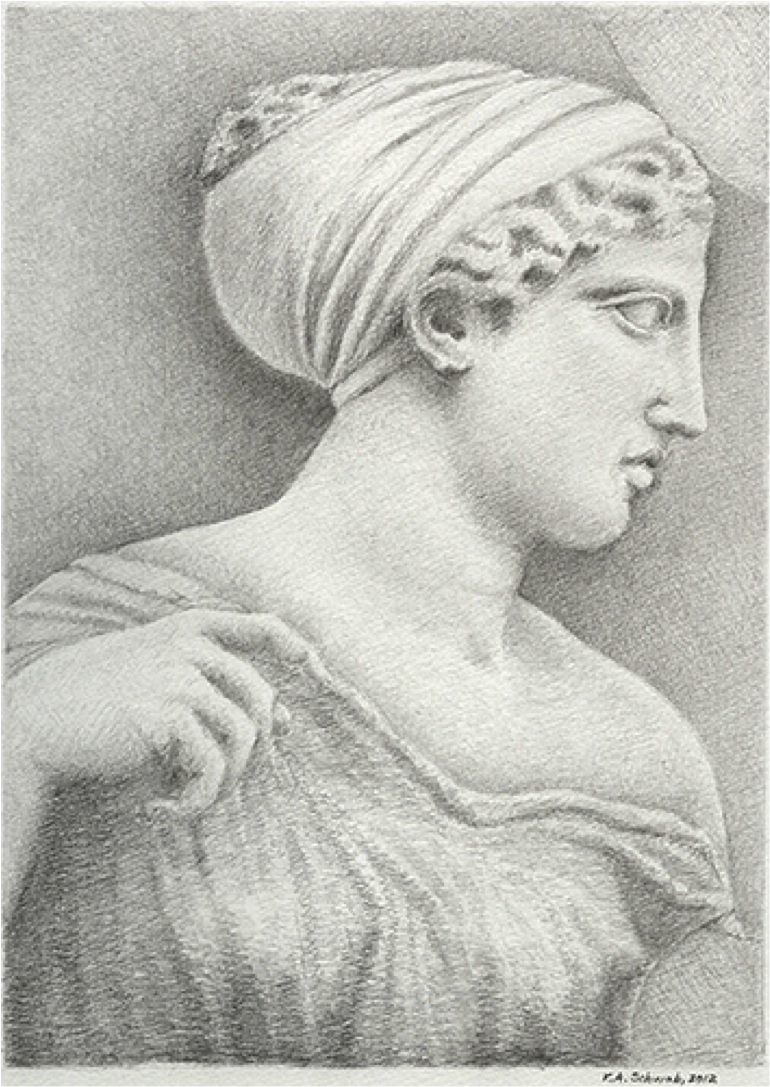
Photographs and drawings by Dr. Katherine Schwab were presented at Fairfield University’s Lukacs Gallery including her original Parthenon drawings. Grayscale scans of her original drawings were requested for permanent installation in the Parthenon Gallery in the Acropolis Museum, which opened in June 2009. The Lukacs Gallery exhibition was curated by Professors Marice Rose and Suzanne Chamlin.
The Creative Photograph in Archaeology
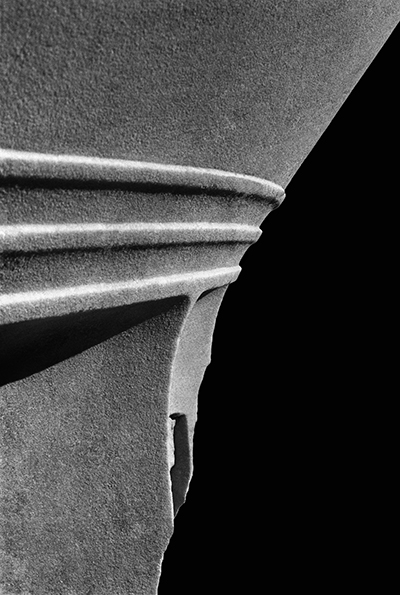
The Creative Photograph in Archaeology exhibition brought together, for the first time, new ways of seeing archaeological sites, monuments, and sculpture – from the invention of photography to the present day. These photographs, made from high-resolution scans of original negatives in Greek archives, explored the creative artistic intention of photographers. The exhibition, curated by Costis Antoniadis and organized by Socratis Mavrommatis and the Benaki Museum in Athens in collaboration with Fairfield University, opened at the Walsh Art Gallery in 2007.
It traveled to the University of Maryland—Baltimore County, Texas A&M University, Georgetown University, California State University at Sacramento, and the Kouros Gallery (NYC).
Resources
The Athenian Acropolis Restoration Project: Photographs by Socratis Mavrommatis
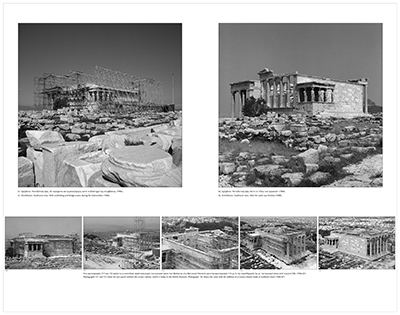
This exhibition, which opened at the Walsh Art Gallery, Fairfield University, in 2004, traveled to Lawrence University, the Nashville Parthenon, the University of Maryland—Baltimore County, the University of Mississippi, Texas A&M University, and the University of Notre Dame. The photographic panels are now on permanent public display in Bannow Hall (first floor) and Canisius Hall (ground floor) at Fairfield University.
Fairfield University Art Museum
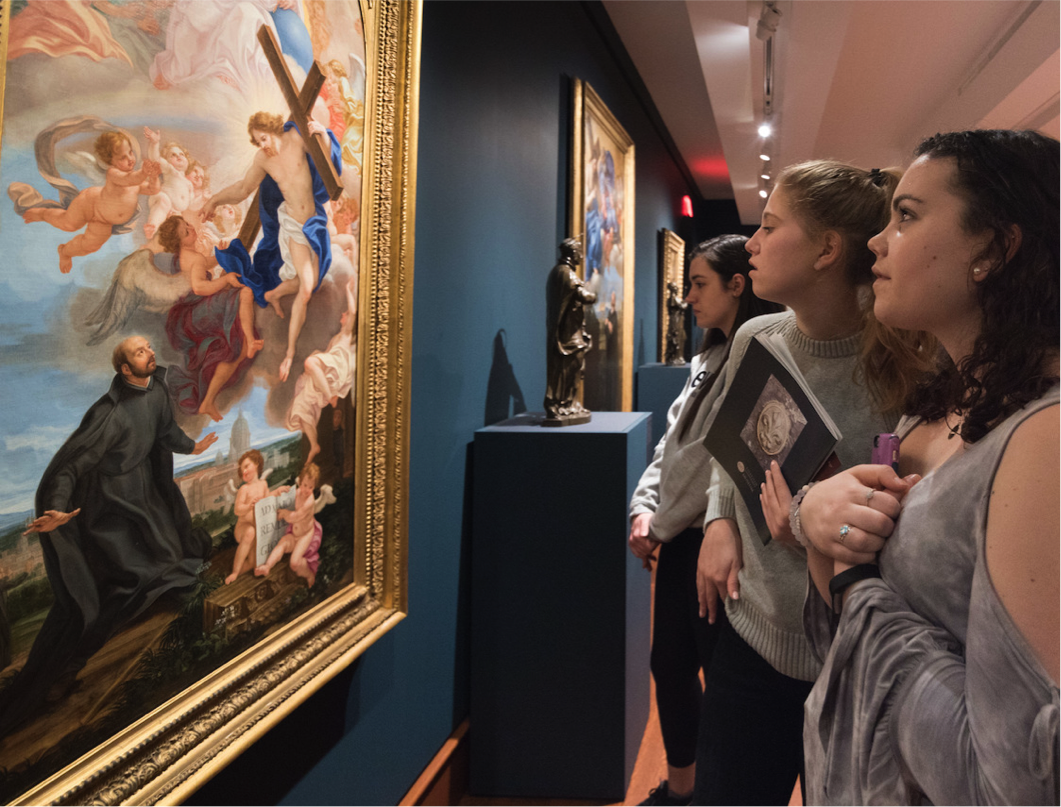
Fairfield inaugurated the Bellarmine Museum of Art in the University’s foundational building on campus, Bellarmine Hall, in October 2010. In 2016, the museum was renamed the Fairfield University Art Museum comprising the Bellarmine Hall Galleries and Walsh Art Gallery. The museum is home to the University’s growing collection of paintings, sculptures, works on paper, and decorative art objects. It also provides all visitors – students, faculty, staff, alumni, school children, mature learners, and guests from our local communities – with first-hand access to original works of art in the context of a dynamic laboratory of learning. Long-term loans in the Bellarmine Hall Galleries from The Metropolitan Museum of Art’s Department of Medieval Art and the Cloisters Museum include examples of Byzantine art. The main corridor leading to the museum entrance features a selection of our historic plaster cast collection, with an emphasis on Parthenon sculpture, and photographs by Socratis Mavrommatis. The Family Day series annually includes the very popular Daily Life in Ancient Greece.
Greek and Roman Coins
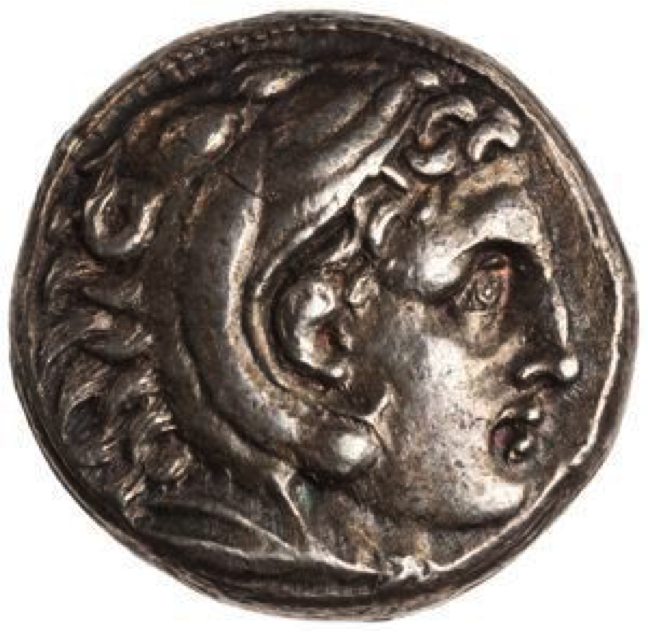
A generous long-term loan of thirteen Greek and Roman coins from the American Numismatic Society is on view in the Bellarmine Hall Galleries. The theme of divinities and rulers is highlighted. Additionally, the Classical Studies Program has developed a study collection of Greek silver coins and Roman bronze coins for students to examine firsthand, which is available by request from the museum office.
[Silver Tetradrachm, Alexander III, L2016.12.03]
Greek, Etruscan and Roman Art on loan from the University of Pennsylvania Museum of Archaeology and Anthropology
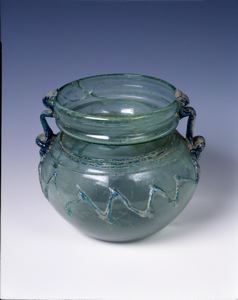
Several Greek, Etruscan and Roman objects in marble, terracotta, and glass are on display in the Bellarmine Hall Galleries. These objects constitute a generous long-term loan from the University of Pennsylvania Museum of Archaeology and Anthropology.
[Glass Jar, L.2016.04.17]
Personification of Agora Mosaic, late fourth century, Antioch
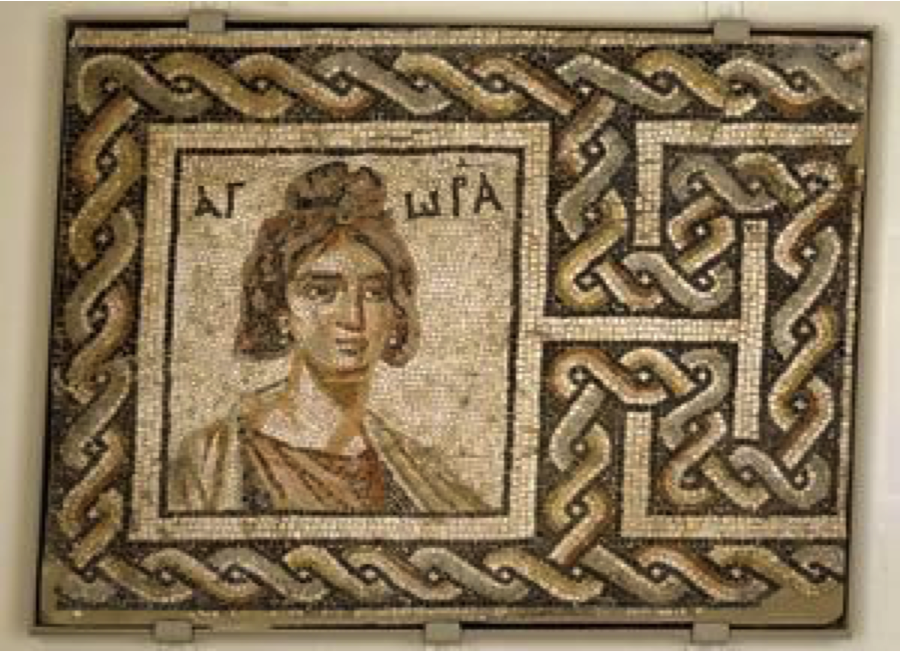
This is a fragment of a larger mosaic floor originally measuring about 13 by 9 feet. It was discovered in a necropolis outside the Syrian city of Antioch which played a key role in the ancient Mediterranean world, particularly for trade. This mosaic fragment formed part of a decorative border around a central scene depicting an all-female funerary banquet. The fragment at Fairfield contains a female figure identified in Greek letters as Agora, or the personification of the market place. She was matched by Eukarpia, or the personification of Fertility. The mosaic is on loan from the Worcester Art Museum.
[L2017.09.01]
Plaster Cast Collection at Fairfield University
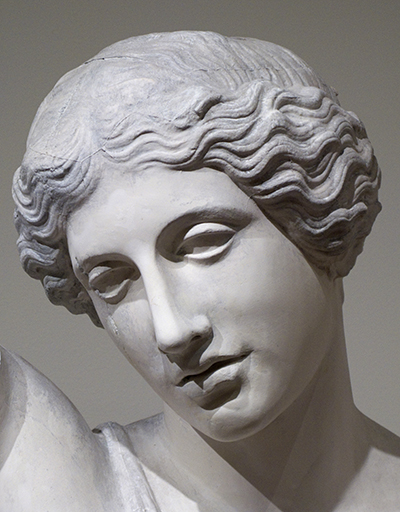
The University's Plaster Cast Collection represents works of art from ancient Greece and Rome through the Renaissance, with an emphasis on ancient Greece and the Parthenon. The collection also includes a remarkable model of the western narthex of Hagia Sophia (Church of Holy Wisdom), which was first displayed at the Metropolitan Museum of Art in 1917. The majority of the casts have been either lent to the University as long-term renewable loans or gifted by The Metropolitan Museum of Art. Additional gifts, made by individuals and institutions, include casts from the First Ephorate–Acropolis Museum in Athens, the Yale University Art Gallery and the Slater Art Museum. Half of the plaster cast collection is installed in the Bellarmine Hall Lower Level cast corridor for regular viewing. Plaster casts are also displayed in the Quick Center lobby, the Writing Center in the DiMenna-Nyselius Library, and Canisius 300. The majority of casts are located in Loyola 14, where the casts are displayed and studied by students, and visitors by appointment.
Curator, Dr. Katherine Schwab kaschwab@fairfield.edu, 203-254-4000 ext. 2439.
Student Interdisciplinary Research
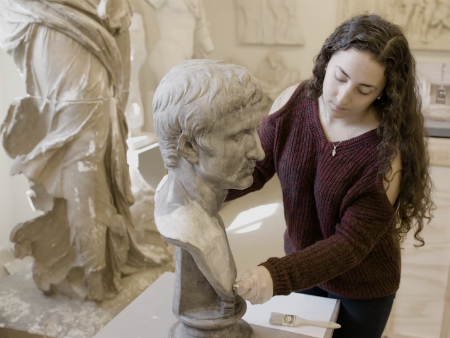
Jacqueline Ferreri ’18, a double major in Chemistry and Art History, tested very small samples of plaster from three different casts in the University collection to determine variation in plaster cast composition and longevity. She presented her results at the 2018 annual meeting of the American Chemical Society.
The Caryatid Hairstyling Project and DVD
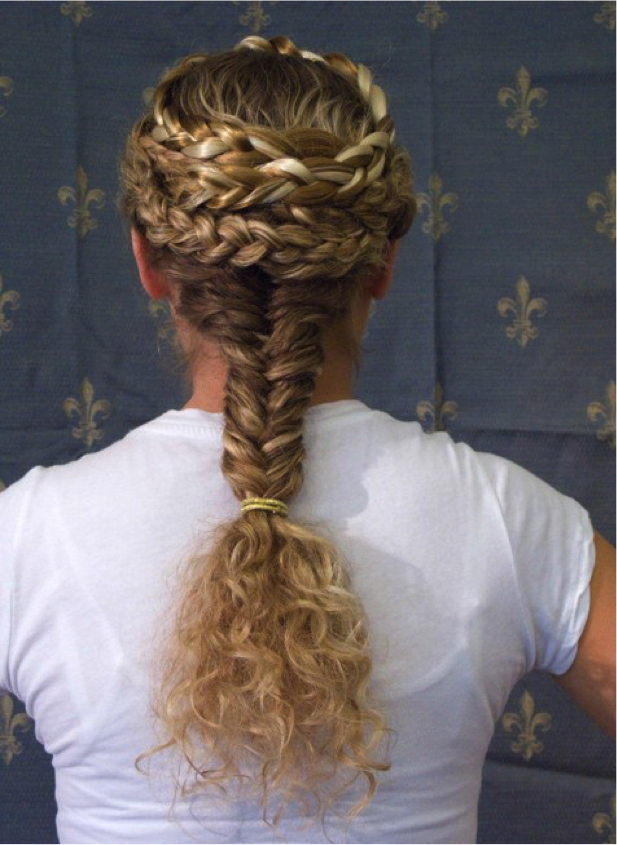
The Caryatid Hairstyling Project, spearheaded by Dr. Katherine Schwab, was conducted at Fairfield in April 2009. The project tested the reality or fantasy of these ancient Greek hairstyles with student volunteers serving as models while a professional hairstylist recreated the individual hairstyles of the Caryatids or maidens (korai), which stand in place of columns in the South Porch of the Erechtheion on the Athenian Acropolis. The project was featured in To BHMA (in Athens, Greece), April 14, 2010, The Washington Post and The Independent (U.K.) in 2015, and in Greece-Is.com in 2017.
Visit the Project page to view photos of the hairstyling, selected resources (including links to interviews and publications), or to purchase a copy of the DVD. Watch a clip.
Byzantine Art & Culture At Fairfield
Model of Narthex of Hagia Sophia
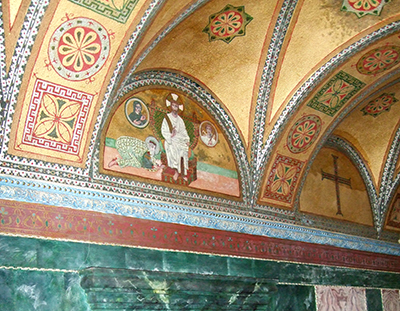
This model reproduces a section of one of the world’s most important buildings, the church of Hagia Sophia in Constantinople (present day Istanbul). Hagia Sophia was commissioned in 532 C.E. by Byzantine Emperor Justinian and built by mathematicians Isodorus of Miletus and Anthemius of Tralles. Fairfield’s model replicates the western narthex outside the central naos, including the Imperial Gate through which the patriarch and emperor would enter together. Above this door is a painted reproduction of the church’s mosaic (ca. 900 C.E.) depicting an emperor (possibly Leo VI) kneeling before Christ enthroned. The model, built by artist Dwight Franklin and displayed at The Metropolitan Museum of Art in 1917, was given to the University Plaster Cast Collection in 2006. It is located in Loyola 14, and can be seen by appointment.
Vaults of Heaven: Visions of Byzantium
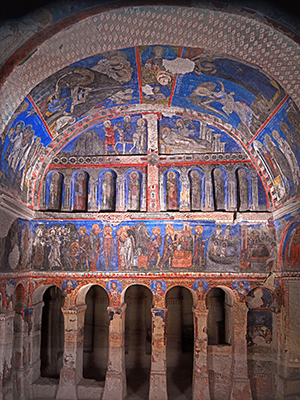
This is a long-term loan of large format color photographs from the University of Pennsylvania Museum of Archaeology and Anthropology. These photographs are taken by the Turkish photographer Ahmet Ertug in Byzantine churches in Turkey. In 2016 these photographs formed an exhibition in the Bellarmine Hall Galleries. Several photographs are currently on view in the Quick Center lobby.
Byzantine Art in the Bellarmine Hall Galleries, long-term loans from The Metropolitan Museum of Art
Medallion with St. Nicholas (11th century Byzantine)
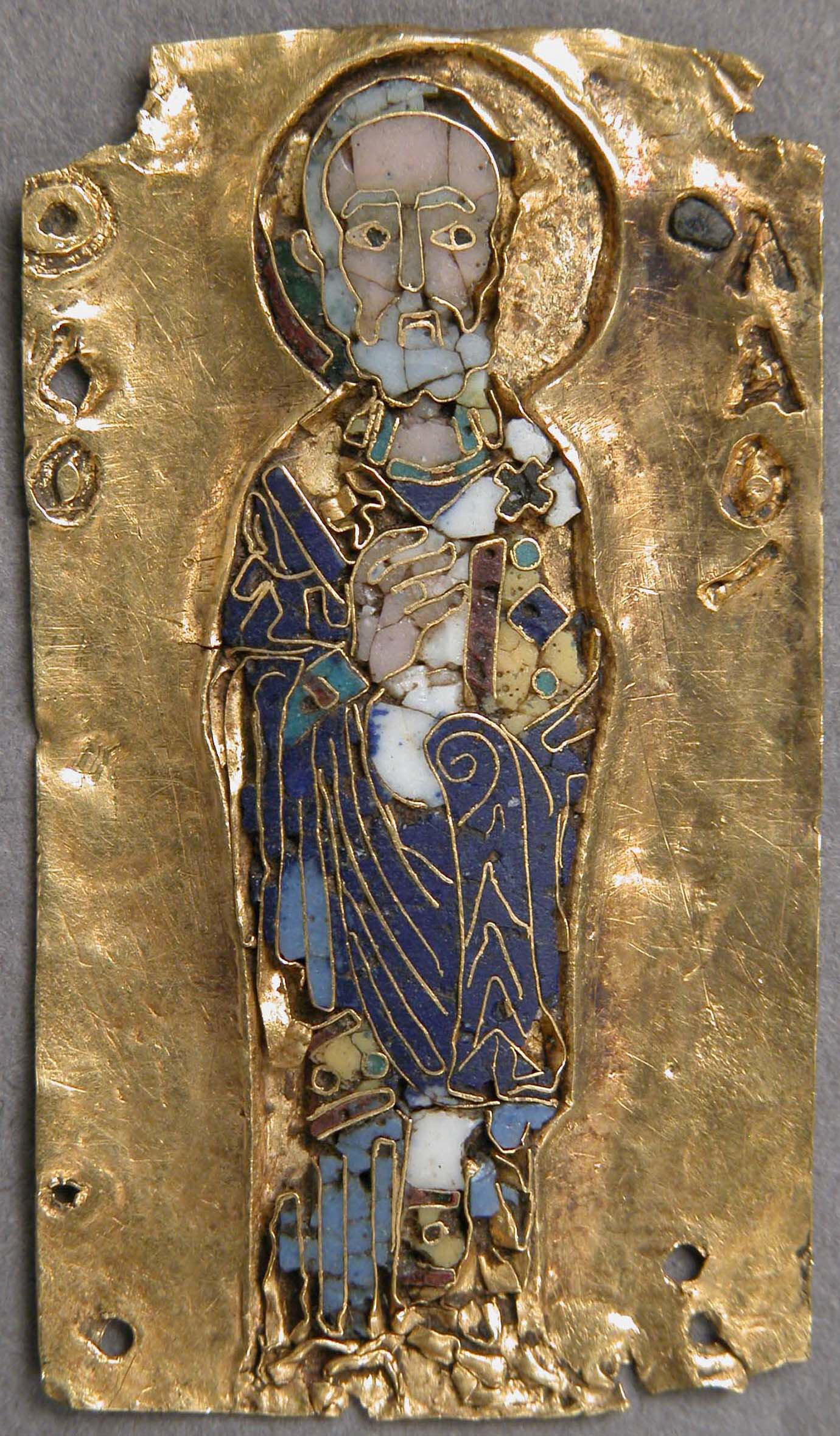
St. Nicholas, fourth-century Bishop of Myra, is the patron saint of children, sailors, prisoners awaiting execution, and pawnbrokers, among others. On the medallion, he is giving a sign of blessing. Byzantine goldsmiths developed tools and a precise technique to create some of the finest enamels. Cloisonné enamels are made by filling small cells formed by gold wire, called cloisons, with glass powder and firing in a kiln. Here, St. Nicholas is made from eight distinct colors—ten colors are the maximum seen in one enameled image in the Byzantine period. Unlike other medallions that would have been worn around the neck, the drilled holes show that this would have been fastened to the cover of a religious book, framing a central icon image. It was probably created in a monastery in the country of Georgia. [L2010.01.05]
Ostrakon (ca. 600 C.E., Coptic, Byzantine Egypt)
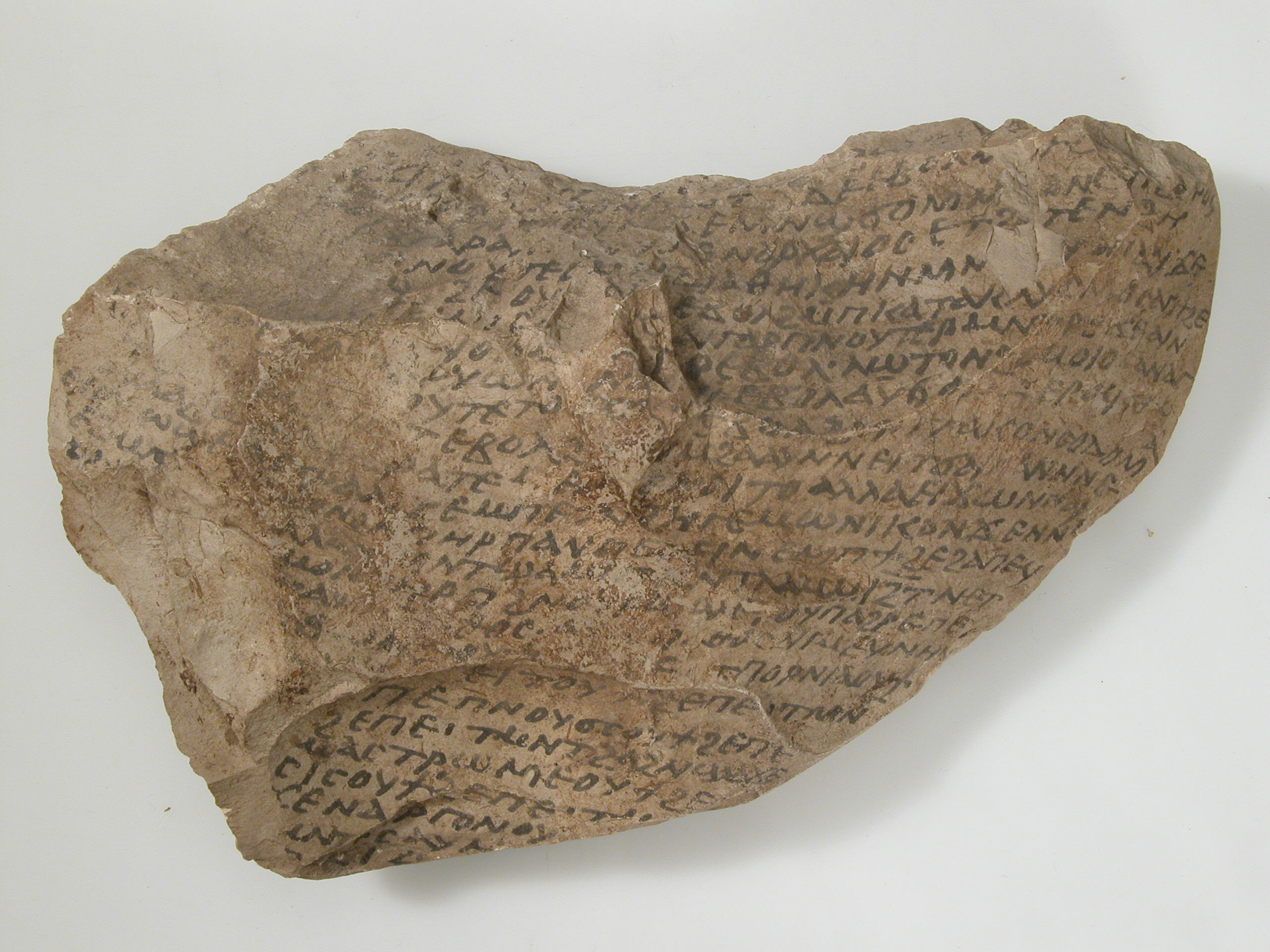
Ostraka (pl.) are pieces of rock, pottery, or bone that feature writing. Limestone, as used for this ostrakon, was popular during the Early Christian period in Egypt as a readily available alternative to papyrus, which was more expensive and more difficult to obtain. The inscription, a homily by St. Athanasius, is written in the Coptic language. This ostrakon likely had its origins in a monastery where it was used for educational purposes of practicing writing and learning theology. The ostrakon is from a period when Egypt played a central role in Christianity. Saint Athanasius was a fourth-century Bishop of Alexandria and theologian known for his role in defining Christian teaching. He was a strong opponent of Arianism, a belief (declared heretical) that denied the Trinity by asserting that the son of God was lesser than the Father. Athanasius was part of the council that wrote the Nicene Creed, asserting the consubstantiality of the Father, Son, and Holy Spirit. In Eastern Orthodoxy, he is known as the "Father of Orthodoxy." [L2013.01.01]
Reproduction, Separation of Sheep and Goats Mosaic from San Apollinare Nuovo, Ravenna
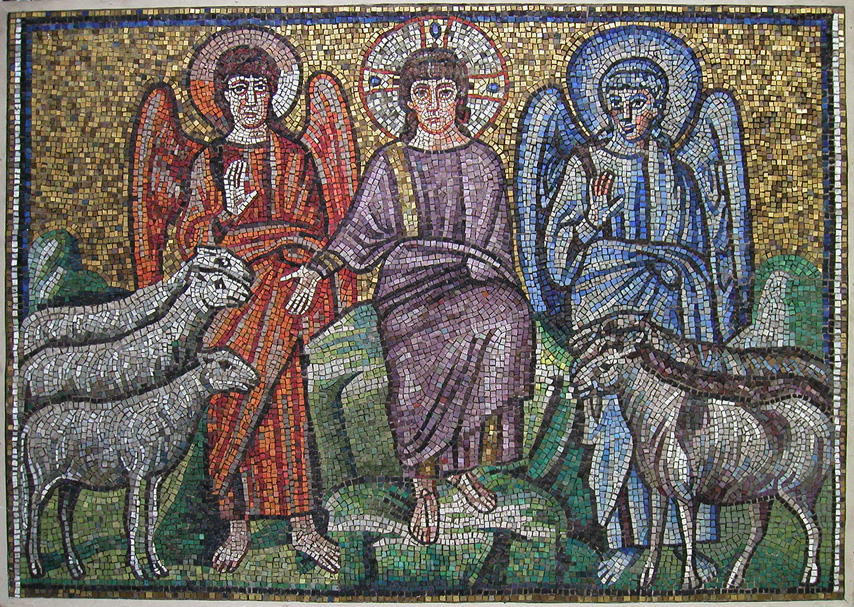
Reproduction, early 20th century
Original: ca. 600 C.E.
The parable depicted here, Matthew 25: 31-46, tells of Christ’s second coming and his last judgment of humanity, in which he will place the saved (the sheep) on his right and the damned (the goats) on his left. The original mosaic is one of a series of panels in the Church of Sant’Apollinare Nuovo in Ravenna, Italy. The basilica was constructed by Gothic king Theodoric, an Arian heretic. This reproduction was produced in a manner similar to the original mosaic. Cubes of glass (tesserae) colored by metals such as copper, cobalt and gold, were organized within outlines to make images. [L2010.01.13]
Hellenic Culture
Faculty & Curriculum
Ancient Greek, Roman and Byzantine Courses offered through the Classical Studies Program Faculty:
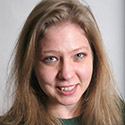
Sara Brill
Professor
Philosophy
x2859
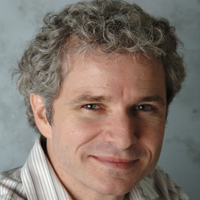
Ryan Drake
Department Chair
Associate Professor
Philosophy
x3357
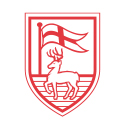
Maggie Labinski
Associate Professor
Philosophy
x2398
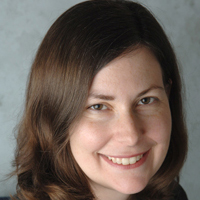
Marice Rose, PhD

Giovanni Ruffini

Katherine Schwab
Founding Director, Arts Institute
Professor, Art History & Visual Culture
Director, Program in Classical Studies
Director, Fairfield University Plaster Cast Collection
x2439
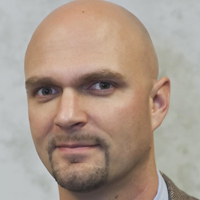
John Slotemaker
Professor
Religious Studies
x3127
Curriculum
At Fairfield University, no matter what major you choose, you will have the opportunity to broaden and develop your understanding of western culture through the courses offered within the Classical Studies program. Such courses include Greek Art and Archaeology, Greek Tragedy in English Translation, Elementary Attic Greek, Basic Latin, and Ancient Philosophy.
| AH 111 | Greek Art and Archaeology |
| AH 112 | Etruscan and Roman Art and Archaeology |
| AH 209 | The Historic Plaster Cast Collection at Fairfield University |
| AH 210 | Myth in Classical Art |
| AH 222 | Byzantine Art |
| AH 330 | Art History Capstone Seminar Topics: The Parthenon and Plaster Casts; Hair in the Classical World; The Parthenon; Ancient Greek Art – Its Definition and Its Legacy; Internationalism and Introspection – Case Studies from Ancient Greece to Modern Japan |
| CL/EN 106 | Masterpieces of Greek Literature in English Translation |
| CL/EN 107 | Masterpieces of Roman Literature in English Translation |
| CL/EN 108 | Myth in Classical Literature |
| CL/EN 109 | Greek Tragedy in English Translation |
| CL 115 | Greek Civilization |
| CL 116 | Roman Civilization |
| CL 123 | Women in Classical Literature |
| CL/EN 127 | Romantic Love in Greek and Roman Literature |
| CL/EN 199 | Special Topics |
| CL/HI 221 | Hellenistic World |
| CL/HI 222 | The Roman Revolution |
| CL/HI 223 | The Roman World in Late Antiquity, 284-624 AD |
| CL/HI 224 | Byzantine World |
| CL/HI 324 | Ancient Greece, Rome, and Africa |
| CL/HI 325 | Athenian Democracy and Empire |
| CL 399 | Capstone Project in Classics |
| GR111 | Elementary Attic Greek |
| GR210 | Intermediate Greek Readings I |
| GR211 | Intermediate Greek Readings II |
| GR325 | Advanced Greek Readings I |
| GR326 | Advanced Greek Readings II |
| GR327 | Advanced Greek Readings III |
| GR328 | Advanced Greek Readings IV |
| LA 111 | Basic Latin |
| LA 210 | Readings in Latin Prose and Poetry I |
| LA 211 | Readings in Latin Prose and Poetry II |
| LA 321 | Latin Poetry I |
| LA 322 | Latin Poetry II |
| LA 323 | Latin Prose I |
| LA 324 | Latin Prose II |
| PH 200 | Ancient Philosophy |
| PH 205 | Ancient Medicine and Philosophy |
| PH 206 | Philosophical Perspectives on Women in Classical Literature |
| PH 300 | Plato |
| PH 301 | Aristotle |
| RS 228 | Early Christianity |
